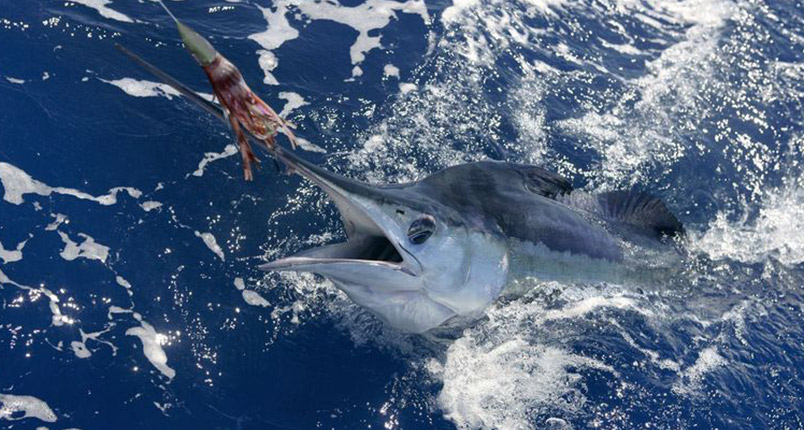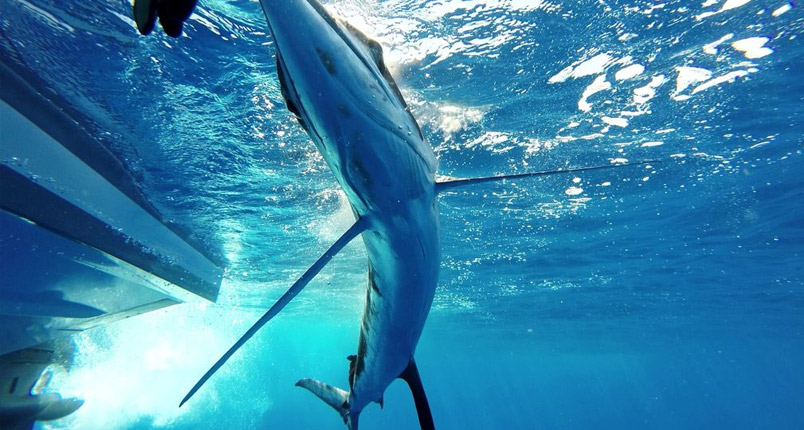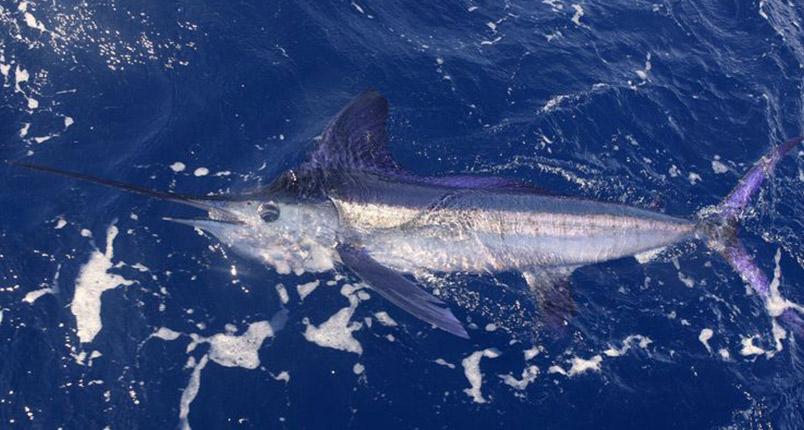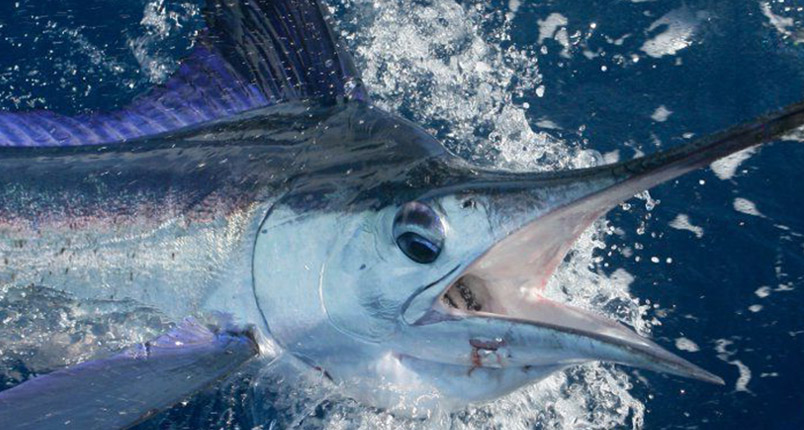







Enter your email address here to stay up to date on the latest billfish news.

Working worldwide to advance the conservation of Billfish & associated species to improve the health of oceans & economies.

©2025 The Billfish Foundation, All Rights Reserved
Notifications